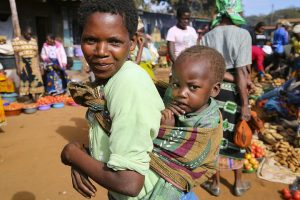
Social safety nets are designed to protect vulnerable households and individuals from the impact of economic shocks, natural disasters, and other crises. However, targeting of vulnerable households is difficult and therefore often ineffective. Using data from two rounds of Malawi's Integrated Household Survey, Working Paper 26 provides an overview of the overall coverage of various types of social safety nets and input subsidies in Malawi. Specifically, this paper presents an analysis of the coverage of specific types of households with a special focus on poverty, shedding more light on the accuracy of the targeting of these programs. It finds that both the depth and the breadth of coverage of social safety nets increased between 2010/11 and 2016/17, while the coverage of agricultural input subsidies decreased drastically. Transfer programs targeted the poor more heavily than the rich, but still failed to exclusively target only the poorest segments of the population. Input and employment subsidies reached mainly the middle segments of the population in terms of wealth. The ineffectiveness of targeting is likely the result of the complexity of targeting criteria and procedures.
Authors: Jan Duchoslav and Edwin Kenamu.
Click here to download and read the full Working Paper (1 KB).
